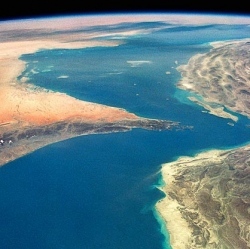
Researchers combine constraints on galaxy formation histories with planet formationmodels, yielding the Earth-like and giant planet formation histories of the Milky Way and the Universe as a whole. In the Hubble Volume, we expect there to be 10^20 Earth like and 10^20 giant planets.
Our own galaxy is expected to host 10^9 and 10^10 Earth-like and giant planets, respectively. Proposed metallicity thresholds for planet formation do not significantly affect these numbers. However, the metallicity dependence for giant planets results in later typical formation times and larger host galaxies than for Earth-like planets.
The Solar System formed at the median age for existing giant planets in the Milky Way, and consistent with past estimates, formed after 80% of Earth-like planets.
However, if existing gas within virialised dark matter haloes continues to collapse and form stars and planets, the Universe will form over 10 times more planets than currently exist.
This shows that we could have at least a 92% chance that we are not the only civilisation the Universe will ever have, independent of arguments involving the Drake Equation.
